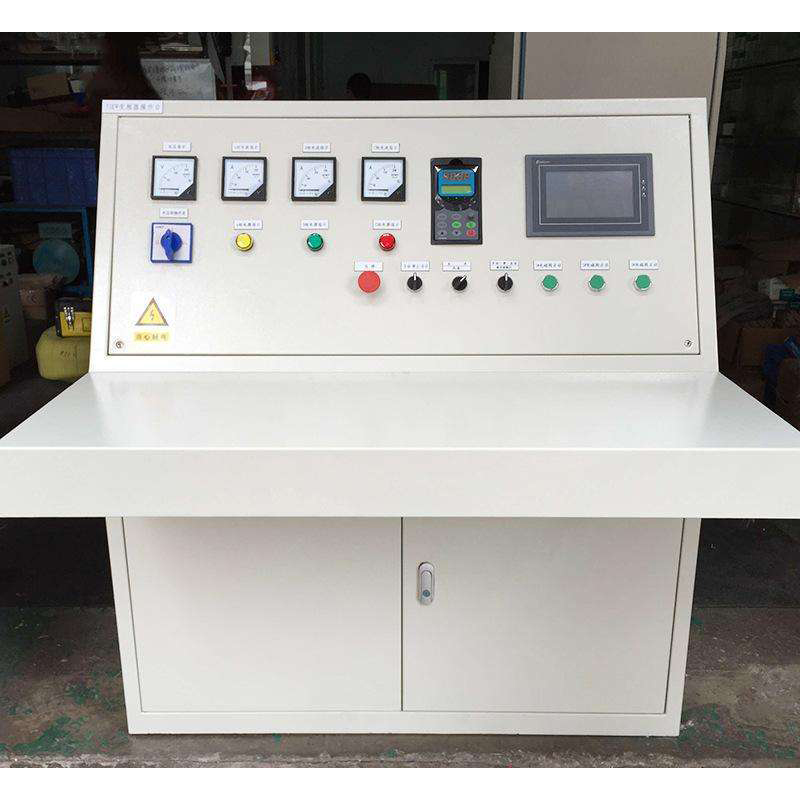
Dec . 04, 2024 16:34
Back to list
Understanding the Functionality and Importance of Gas Pressure Regulators in Systems
Understanding Gas Regulators Essential Components for Safety and Efficiency
Gas regulators are integral devices used in various applications to control the pressure of gas flowing from a source to a system or appliance. These components ensure that gas is delivered at a safe and manageable pressure, thereby preventing potential hazards that can arise from excessive pressure levels. In this article, we will delve into the importance of gas regulators, their working principles, types, and applications.
The Importance of Gas Regulators
The primary function of a gas regulator is to maintain a consistent output pressure, regardless of fluctuations in the inlet pressure or the demand for gas downstream. This function is critical in preventing accidents, ensuring safety, and enhancing the efficiency of gas-utilizing systems. Gas regulators are commonly employed in residential, commercial, and industrial settings for applications ranging from heating to power generation.
One of the key reasons for using gas regulators is to protect appliances and equipment. Excessive gas pressure can lead to equipment failure or even explosions. By implementing a gas regulator, users can avoid such risks while ensuring that their systems operate optimally.
How Gas Regulators Work
The operation of a gas regulator involves a few key components the diaphragm, spring, and valve
. The diaphragm senses the pressure upstream and downstream of the regulator. When the upstream pressure increases beyond a set point, the diaphragm moves, adjusting the valve accordingly to reduce the pressure to the desired level. This continuous monitoring and adjusting mechanism ensures a steady flow of gas at the right pressure.Gas regulators can be categorized into two main types pressure-reducing regulators and back pressure regulators. Pressure-reducing regulators decrease high pressure from a supply line to a lower pressure for uses such as furnaces, stoves, and other gas-powered appliances. On the other hand, back pressure regulators maintain a set pressure on the inlet side, allowing for optimal operation in systems where gas needs to be held at a specific pressure.
Types of Gas Regulators
gas regulator

There are several types of gas regulators, tailored for different applications.
1. Single-stage Regulators These regulators provide a direct reduction of pressure in a single step. They are simpler and typically used in situations where supply pressure does not vary significantly.
2. Two-stage Regulators These devices feature two separate steps in regulating pressure. They offer greater accuracy and are commonly used in applications where supply pressure may fluctuate.
3. Electronic Regulators With advancements in technology, electronic gas regulators have emerged, allowing for precise control through programmable settings. These regulators can be integrated into smart systems for remote monitoring and management.
4. High-pressure Regulators Specifically designed to handle high-pressure environments, these regulators are essential in industrial applications where gas is stored under substantial pressure.
Applications of Gas Regulators
The applications of gas regulators are vast and varied. In residential settings, they are primarily used in natural gas supply systems for heating and cooking. Additionally, in industries, they play a crucial role in manufacturing processes, welding operations, and chemical production. They are also employed in laboratories where precise gas flows are necessary for experiments and testing.
Conclusion
In conclusion, gas regulators are vital components that ensure the safe and efficient use of gas across multiple sectors. By regulating pressure, these devices contribute significantly to the safety of gas appliances, help maintain operational efficiency, and protect users from potential hazards. Understanding the various types of gas regulators and their applications can lead to informed choices in usage, ultimately enhancing safety and performance in gas systems. As technology evolves, the role of gas regulators is likely to expand, offering even more advanced solutions for gas management in the future.
Next:
Latest news
-
Safety Valve Spring-Loaded Design Overpressure ProtectionNewsJul.25,2025
-
Precision Voltage Regulator AC5 Accuracy Grade PerformanceNewsJul.25,2025
-
Natural Gas Pressure Regulating Skid Industrial Pipeline ApplicationsNewsJul.25,2025
-
Natural Gas Filter Stainless Steel Mesh Element DesignNewsJul.25,2025
-
Gas Pressure Regulator Valve Direct-Acting Spring-Loaded DesignNewsJul.25,2025
-
Decompression Equipment Multi-Stage Heat Exchange System DesignNewsJul.25,2025

